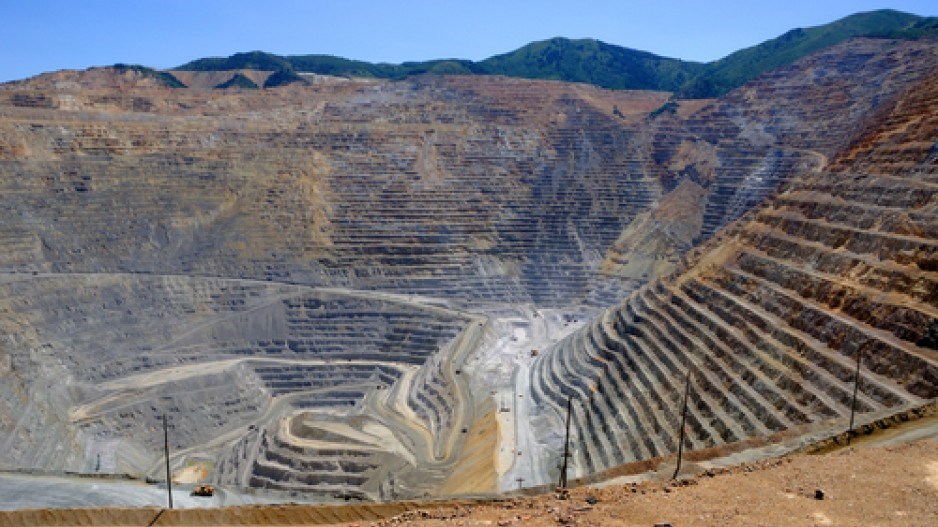One of the biggest mining projects in B.C.’s history has cleared a major hurdle: getting a Canadian Environmental Assessment Agency certificate.
The next major hurdle may be raising the $5.3 billion that Seabridge Gold Inc. (TSX:SEA) and a joint venture partner will need to build the KSM mine near the Alaskan panhandle.
Seabridge CEO Rudi Fronk said Seabridge won’t be building the mine on its own. It plans to bring in a major partner as a majority stakeholder.
“We’ve made it very clear that this is not a project that Seabridge is going to be building,” he said. “What we want to do is bring in a large mining company as a joint venture partner. We’d be the minority partner in a project like this.”
Located 65 kilometres northwest of Stewart B.C. and 30 kilometres from the Alaskan border, the Kerr-Sulphurets-Mitchell (KSM) project is four distinct deposits of gold, copper, silver and molybdenum. It is more like multiple mines combined into one vast mining district and would include both underground and open operations.
Building the complex of open pit and underground mines would generate 1,800 direct and 4,770 indirect jobs during a five-year construction period and 1,040 direct jobs annually once in operation, Seabridge said.
KSM’s reserves are estimated at 38.2 million ounces of gold, 9.9 billion pounds of copper, 191 million ounces of silver and 213 million pounds of molybdenum.
The project has now cleared both provincial and federal environmental assessment processes, and Seabridge has been negotiating agreements with First Nations in the area. It has signed a benefits agreement with the Nisga’a First Nation and will provide funding to the Gitanyow for wildlife and environmental monitoring.
However, the project still faces opposition in Alaska, where concerns are being raised over the potential impact of the mine on salmon habitat.
The mine is four distinct deposits, two of which would be developed as a single open pit, a second as a combined open pit and underground operation for the Mitchell deposit and an underground only mine for a deposit called Iron cap.
The operation would be in two locations, connected by twin 23-kilometre long tunnels, which would be used to transport crushed ore and mining personnel.
Seabridge estimates the direct spending on the mine for Canada would be $6 billion, and $3.5 billion for B.C.
Realistically, Fronk said it will take at least two or three years before a construction decision is even made.
“But between now and then, you could start some of the early stage stuff, like road building, tunnel portal access and that kind of stuff,” Fronk said.
Seabridge has already spent $200 million bringing the project to its current stage.



